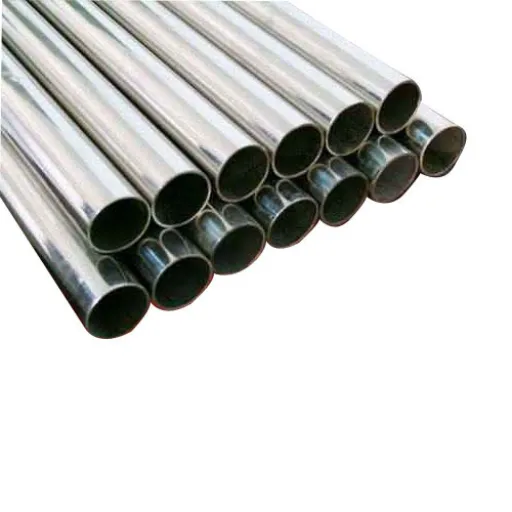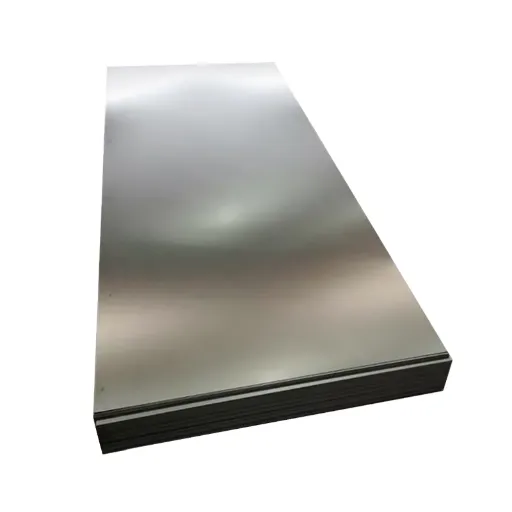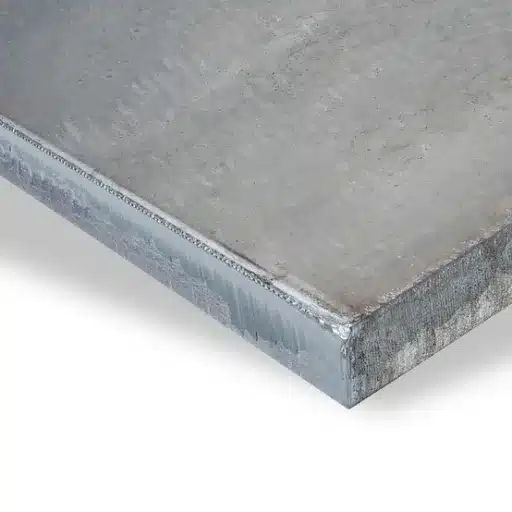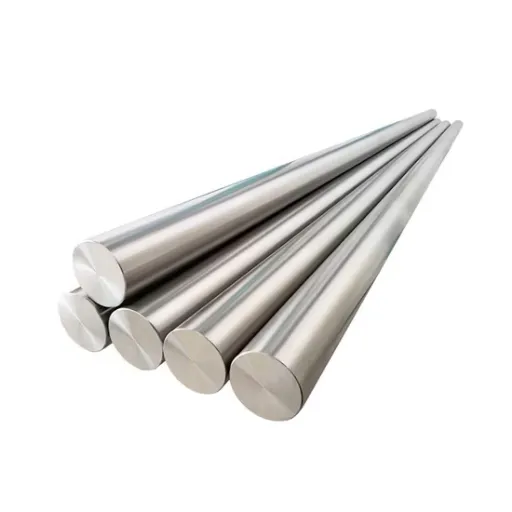Melting points of steel and other metals are key factors that must be understood in diverse industries, such as construction, manufacturing, engineering, and metallurgy. Apart from process improvement in welding, casting, or forging, knowing these temperatures guarantees the safety, durability, and efficiency of the materials used in extreme conditions. This guide is a deep dive into the science of metal melting points, providing the reader with the knowledge of the main factors influencing them. No matter if you are an expert in the area of metals or just inquisitive about them, this article will provide you with insights and know-how to comprehend the behavior of metals under heat better.
Definition and Importance

Understanding the Melting Point of Steel
Steel is one of the most common materials used in the construction and manufacturing industries, and its melting point usually varies between 2500°F (1370°C) and 2800°F (1540°C). The limit is dependent on the particular alloy, as steel is an iron-carbon mixture and usually, other elements such as chromium, nickel, or manganese are added for getting better steel properties.
The melting point of the steel is one of the factors that depend on the carbon content of the steel. For example, low-carbon steel or mild steel has a melting point that is closer to the upper range while the melting point of high-carbon steel is slightly lower because in the case of high-carbon steel, the metallic bonding is reduced due to the higher carbon content. The melting point of different types of stainless steel, (for example, one with chromium and nickel), can also range around 2550°F to 2790°F (1400°C to 1535°C).
Significance in Manufacturing and Construction
Melting point of the steel is an important factor when it comes to its use in the manufacturing and construction sectors since it will determine the choice of the right processes and applications. Generally, the melting point of the steel is about 1370°C to 1510°C (2500°F to 2750°F) depending on the alloy composition. The high melting point of steel is one of the main reasons for its high-temperature resistance, making it an irreplaceable material in the industrial sector.
For instance, in the industry of construction, the strength and thermal stability of steel make it the material of choice for making the structure of skyscrapers, and bridges and other types of large structures. The World Steel Association reports that the global steel industry produced around 1.88 billion metric tons of crude steel in 2022, which is a sign of the material’s need in the infrastructure of the modern world. Besides, with the development of high-performance steels with better purity and grain structure, the efficiency and lifespan of the modern buildings will be inreased.
Factors Affecting Melting Point
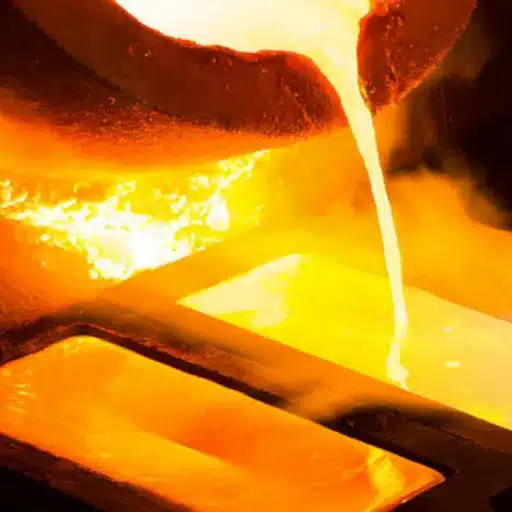
Influence of Alloy Composition
The melting point of steel is very much dependent upon its alloy composition, since the metal’s thermal features are modified by the different elements introduced to steel. Pure iron, which is the core of the steel structure, has a melting point of about 1,538°C (2,800°F). However, the introduced alloying elements, including carbon, chromium, nickel, manganese, and molybdenum, can either elevate or diminish the melting point depending on their amount and functionality.
For example, carbon is one of the most dominant elements that affect the melting behavior of steel. The melting point of steel with a higher carbon content is generally lower, and it usually lies between 1,370°C and 1,450°C (2,500°F to 2,642°F), as compared to low-carbon steels. In contrast, the addition of tungsten and molybdenum brings about an increase in melting points and heat resistance, thereby making these two metals ideal for the manufacture of cutting tools and for high-temperature applications.
Role of Carbon Content
Carbon is a decisive factor in the determination of steel’s mechanical properties, hardness, and ductility. The ratio of carbon in steel can be as low as 0.02% for low-carbon steels and as high as 2.1% for high-carbon steels, based on the application requirement. Low-carbon steels or mild steels are the softest and most ductile types of steel, which makes them the primary choice for such applications as automotive bodywork, structural frameworks, and pipelines. On the contrary, high-carbon steels are characterized by their hardness and strength, which is why they are mostly found in applications like tools, blades, springs, and high-strength wire.
For example, medium-carbon steels, which have a carbon content of about 0.3%-0.6%, offer an excellent combination of strength and ductility, and hence are widely used for parts like gears, axles, and shafts. Raising the carbon content has a significant effect on the performance of the steel in terms of tensile strength, which is one of the most important parameters. For instance, heat-treated steels containing 0.8% carbon can attain tensile strengths of over 2,000 MPa.
Applications in Industry
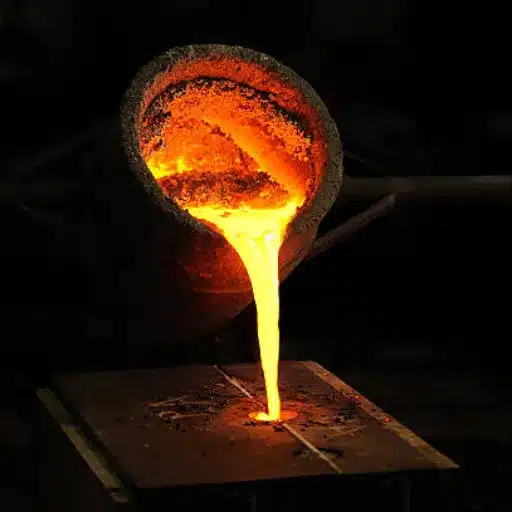
Steel in Construction and Infrastructure
Steel is the foundation of modern construction and infrastructure, being the most crucial material that even now gives the best combination of properties, i.e., the best strength, long-lasting use, and the best design flexibility as well. Besides metals’ amazing characteristics like a very good strength-to-weight ratio, non-stop use in designing and flexibility to be combined with other materials all these lead to its apposition as a key input in the construction sector spread all over with the likes ranging from buildings, bridges, and transportation systems.
Steel frames are commonly used in the buildings of high rises, playgrounds, and apartments. The World Steel Association has estimated that almost half of the world’s steel production is consumed by buildings and civil Infrastructure. The new breed of steel not only allows the creation of eco-friendly and energy-conserving buildings but also results in lower material waste and accurate designing.
Use of Melting Points in Manufacturing Processes
The melting points of materials are one of the critical factors that determine the application area and the effectiveness of the material in different manufacturing processes. To illustrate, steel, the melting point of which is around 2,500°F (1,370°C), is nevertheless the most popular material in the auto, construction, and aircraft industries as it can take a lot of heat and still is strong enough to hold the structure. And the aluminum, on the other hand, with its melting point of around 1,220°F (660°C), is bound to be placed in industries where the utmost lightness of the materials is required— e.g., aircraft and electronics. Melting point of aluminum is low compared to others which means that it is easy to mold and shape so that the manufacturing cycle is faster and at the same time it is energy-saving.
Comparative Analysis
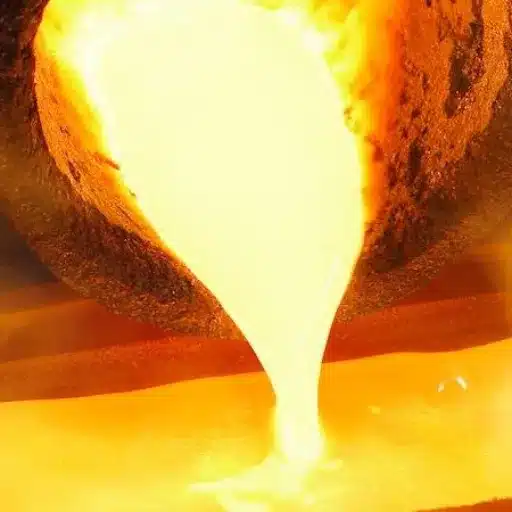
Melting Points of Carbon Steel vs. Stainless Steel
Carbon Steel:
Carbon steel usually exhibits a melting point range from about 2,500°F to 2,800°F (1,370°C to 1,540°C). The precise melting point is significantly affected by the carbon content of the steel, since the melting point of admittedly higher carbon steels may be lowered a bit. Thus, carbon steel is suitable for heavy-duty booming applications and good for pipes, machinery, and parts where strength and heat resistance are the main factors.
Stainless Steel:
Stainless steel typically has a melting point range of approximately 2,500°F to 2,750°F (1,370°C to 1,510°C). Although the melting range of stainless steel overlaps somewhat with that of carbon steel, the former one’s composition consists of chromium and sometimes nickel which play a role in the properties of the latter. Besides thermal aspects, stainless steel is characterized by its very good corrosion resistance thus being a favored option in places where wetness, chemicals or very high and low temperatures are the factors.
Understanding Steel Alloys and Their Variations
Steel alloys consist of iron and other elements, such as carbon, manganese, nickel, chromium, and molybdenum, which are intentionally mixed to get specific desirable properties such as strength, durability, and corrosion resistance. It is the variations in the composition that enable the steel to satisfy the different needs of the industries such as construction, automotive, and aerospace.
Tensile strength is one of the most important parameters for understanding steel alloys, and it can vary dramatically depending on the alloying elements. In particular, carbon steel is usually rated at approximately 400-700 MPa for tensile strength, while in the case of stainless steel, it may vary anywhere between 1,000 MPa and more, depending on the grade. The addition of chromium to steel not only increases its strength but also makes it resistant to corrosion which is a plus for industrial applications where moisture or chemical exposure is a key factor.
Technological Advances

Recent Research on Melting Points of Metals
In recent years, scientists have conducted studies focused on the precise measurement and manipulation of metal melting points for industrial applications. Melting point is one of the main factors that decides the metal’s usability in particular industries like aerospace, construction, and electronics. For example, tungsten, with an incredibly high melting point of 3,422°C (6,192°F), has research already done to consider the use of it in extreme heat areas like rocket nozzles and furnace parts.
Additionally, the researchers have been investigating the possibilities of alloys to manipulate the melting points of metals. For instance, adding elements such as carbon, chromium, or vanadium to steel can change the usual melting range of between 1,370°C (2,498°F) and 1,530°C (2,786°F). The studies of phase diagrams and thermal properties have been critical in the production of such sophisticated materials.
Innovations in Steel Manufacturing Technologies
Over the years, the steel industry has benefited from numerous technological advancements, all thanks to the factors such as the need for efficient production, less environmental impact, and better material properties. One of the significant breakthroughs is the electric arc furnace (EAF) method that makes use of recycled steel scrap. This method also has a very large reduction in the amount of energy used and the emission of CO2 compared to the traditional blast furnace operations. Current data from the World Steel Association indicate that almost one-third of the world’s steel production comes from the EAFs, which is quite a lot in places like the United States.
The next major advancement is the use of hydrogen in steel-making, which is being tested by companies like ArcelorMittal, and SSAB. It will not only replace the carbon from the furnaces with hydrogen but also, in the process, reduce carbon emissions up to 90%. Moreover, the technology behind AI and machine learning has become vital in improving steel-making processes. The aforementioned technologies help to predict equipment failures, to apply quality control, to manage energy consumption, and to optimize the whole process. The combination of all these factors leads to the reduction of production costs, waste, and variations in the quality of the product.
Reference Sources
-
Industrial Metal Service
- Title: What Is the Melting Point of Steel?
- Summary: This source explains the melting temperature range of steel (1370°C to 1530°C) and discusses how the exact melting point depends on the type of steel alloy.
-
KDM Steel Fabrication
- Title: Steel Melting Point – The Ultimate for Metallurgist
- Summary: This article provides insights into the melting point variations of steel based on alloy composition, ranging from 1432°C to 1415°C.
-
Tuling Metal
- Title: What Is Steel Melting Point? Why Is It So Important?
- Summary: This source discusses the melting point of steel (1371°C to 1538°C) and factors influencing it, such as composition and crystal structure.
Frequently Asked Questions (FAQs)
How do steel and stainless steel melting points compare?
Stainless steel has a melting point that is usually higher than that of basic carbon steel, in the range of 1400°C – 1450°C (2550°F – 2640°F). The melting point of the alloyed steel is influenced by the presence of chromium and nickel, which makes it usable for high-temperature applications.
What is the melting temperature range of steel?
The melting temperature range of steel depends on its alloying elements, however, it usually spans from 1370°C to 1510°C (2500°F to 2750°F). In order for steel to go through the phase change from a solid to a liquid, it must be heated to these temperatures in a furnace.
Which metals possess the highest melting point?
Tungsten is the metal with the highest melting point among the common metals, as its melting point is around 3422°C (6192°F). Apart from tungsten, rhenium and osmium also have high melting points. The high melting point makes these metals ideal for extreme temperature applications.
Which metals have the lowest melting point?
There are some metals that melt at very low temperatures. Mercury, for example, has a melting point of -38.83°C (-37.89°F), while gallium melts at about 29.76°C (85.57°F). Only a small rise in temperature is needed to switch the phases of these metals from solid to liquid.
Which steel types are used for manufacturing?
Manufacturing commonly employs carbon steel, stainless steel, alloy steel, and tool steel as the main types of steel. The properties of each type, such as strength, corrosion resistance, and machinability, depending on their melting points and alloy compositions, are specifically designed for particular applications.


